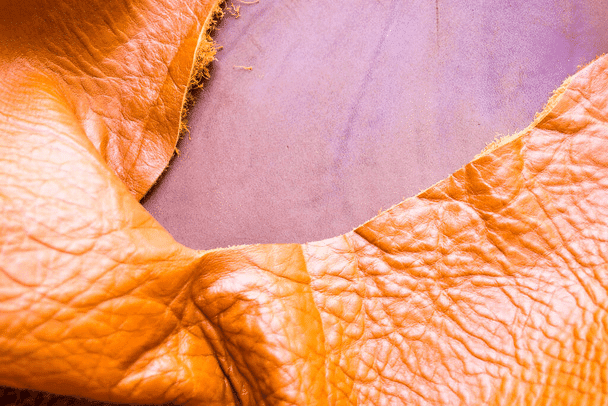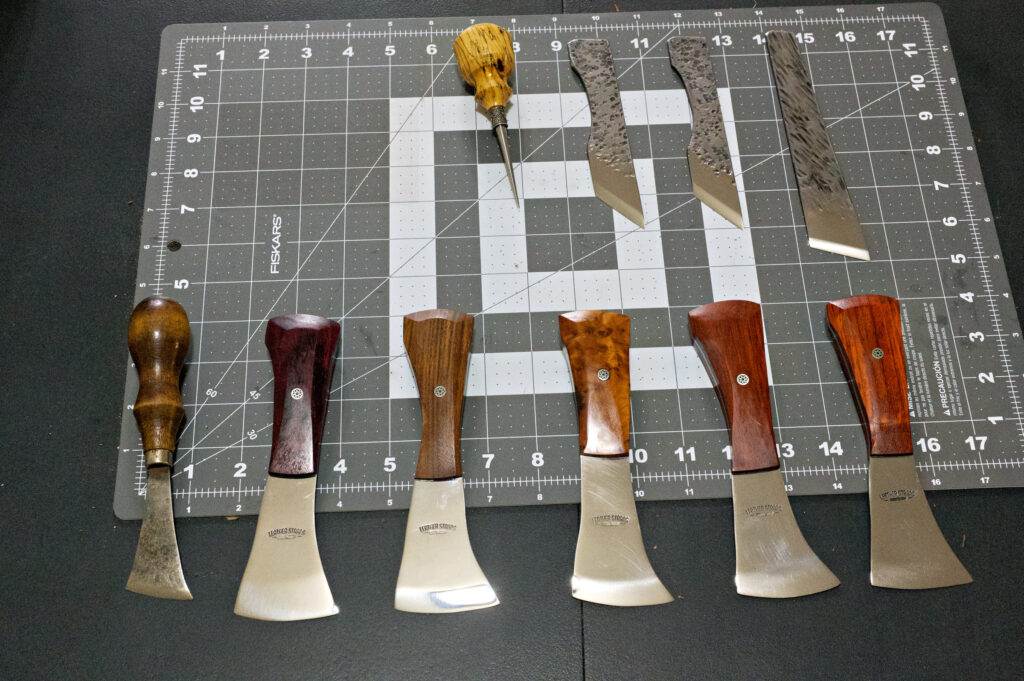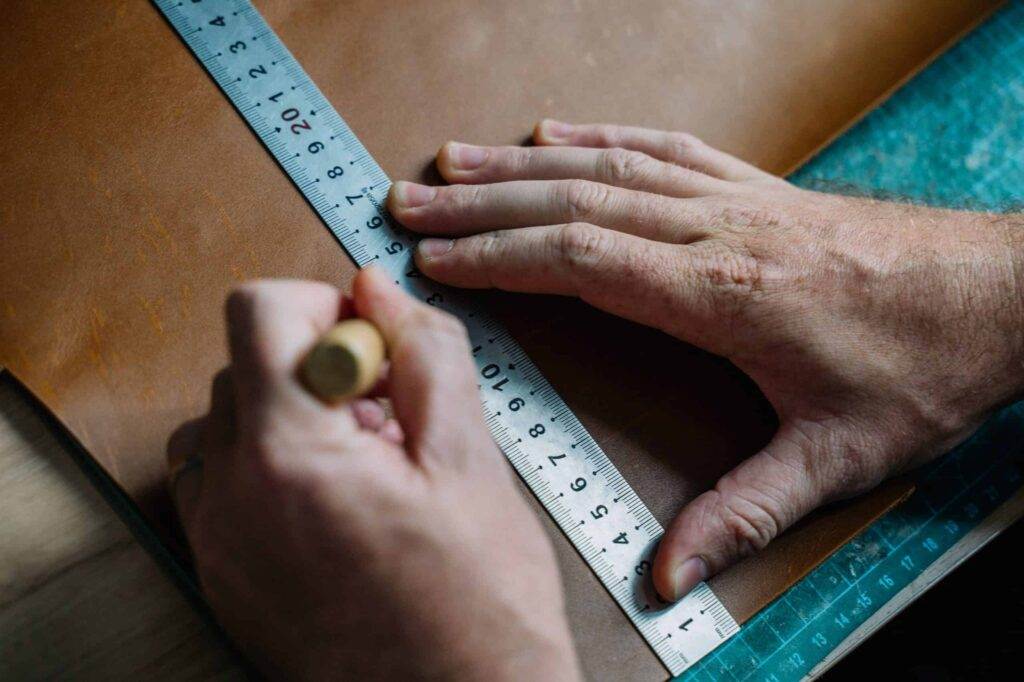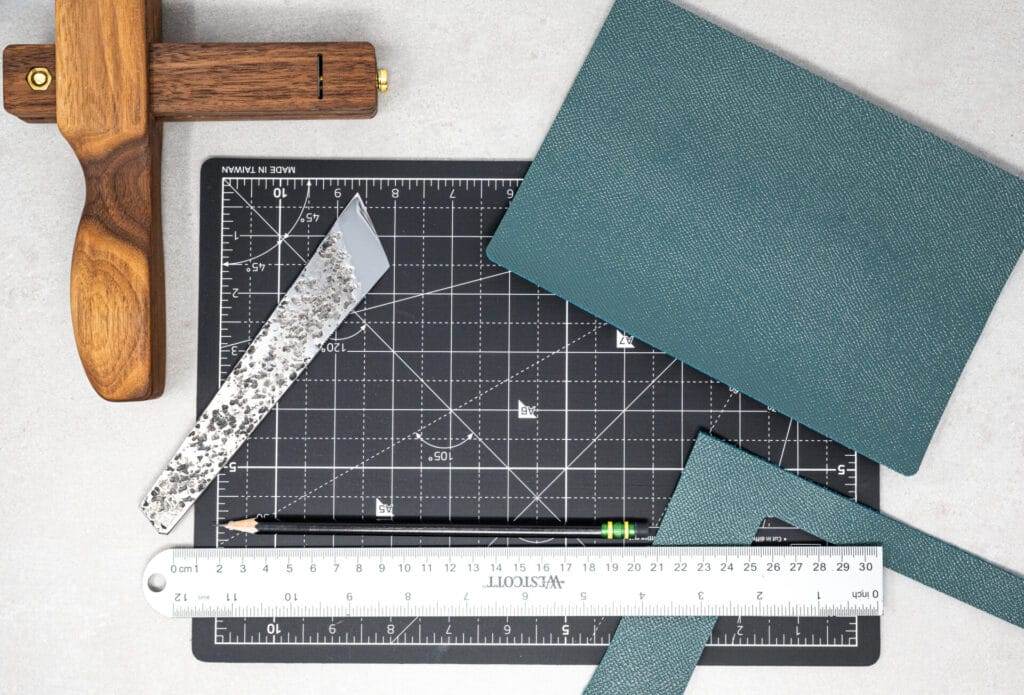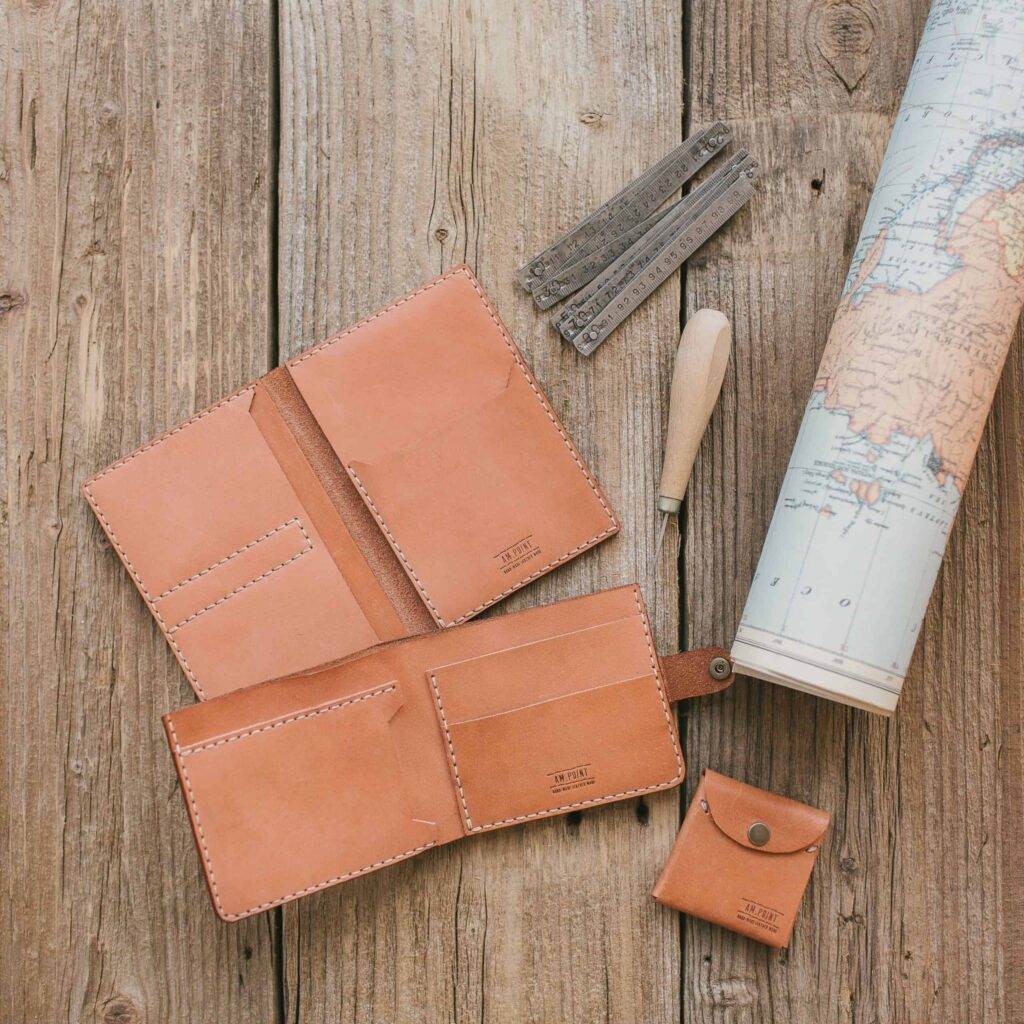Full Grain vs Top Grain for Leathercraft Straps
Leather is a versatile material that has been used for centuries in various applications, from clothing to accessories. Among the different types of leather available, full grain and top grain are two of the most commonly discussed grades. Understanding the distinctions between these two types is crucial for anyone looking to invest in leather products, whether for personal use or crafting purposes.
Full grain leather is derived from the top layer of the hide, retaining the natural grain and imperfections that showcase its authenticity. This type of leather is known for its durability and ability to develop a rich patina over time, making it a favorite among leather enthusiasts. On the other hand, top grain leather is also sourced from the top layer of the hide but undergoes a more extensive finishing process.
This treatment removes some of the natural grain and imperfections, resulting in a smoother surface. While top grain leather is still high-quality, it lacks the same level of character and durability as full grain leather. The choice between these two types often comes down to personal preference and intended use, as each offers unique qualities that cater to different needs.
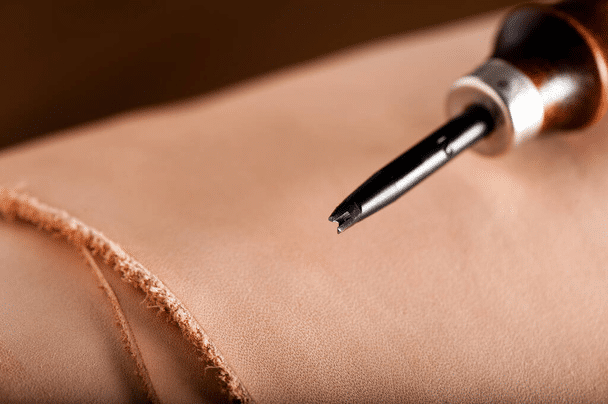
Key Takeaways
- Full grain leather is the highest quality leather, made from the top layer of the hide, while top grain leather is the second highest quality, with the top layer sanded and buffed to remove imperfections.
- Full grain leather is more durable and will develop a patina over time, while top grain leather is more uniform in appearance and may not age as well.
- Full grain leather is generally more expensive than top grain leather due to its higher quality and durability.
- Consider the intended use and desired aesthetic when choosing between full grain and top grain leather for your project.
- Full grain leather may be more challenging to work with due to its natural imperfections, while top grain leather is easier to manipulate and work with.
The Difference in Quality and Durability
When it comes to quality, full grain leather stands out as the superior option. Its natural fibers remain intact, providing exceptional strength and resilience. This type of leather is less prone to wear and tear, making it an ideal choice for items that will see heavy use, such as bags, belts, and furniture.
The ability of full grain leather to breathe also contributes to its longevity, allowing it to withstand moisture and temperature changes without compromising its integrity. In contrast, top grain leather, while still durable, does not match the robustness of full grain leather. The sanding and finishing processes it undergoes can weaken the fibers, making it more susceptible to scratches and damage over time.
Although top grain leather can still be a reliable choice for many applications, it may require more frequent maintenance and care to keep it looking its best. Understanding these differences in quality and durability is essential for anyone considering which type of leather to use for their projects.
Cost Comparison: Full Grain vs Top Grain
Cost is often a significant factor when choosing between full grain and top grain leather. Generally speaking, full grain leather tends to be more expensive due to its superior quality and the labor-intensive processes involved in its production. The natural characteristics of full grain leather, such as its unique markings and textures, contribute to its higher price point.
Additionally, because it is more durable and long-lasting, many consumers view full grain leather as a worthwhile investment. Top grain leather, while still considered high-quality, is typically more affordable than full grain leather. The additional processing it undergoes allows manufacturers to produce it at a lower cost, making it an attractive option for those on a budget.
However, potential buyers should weigh the initial savings against the long-term value of their purchase. While top grain leather may be less expensive upfront, its reduced durability could lead to higher replacement costs over time.
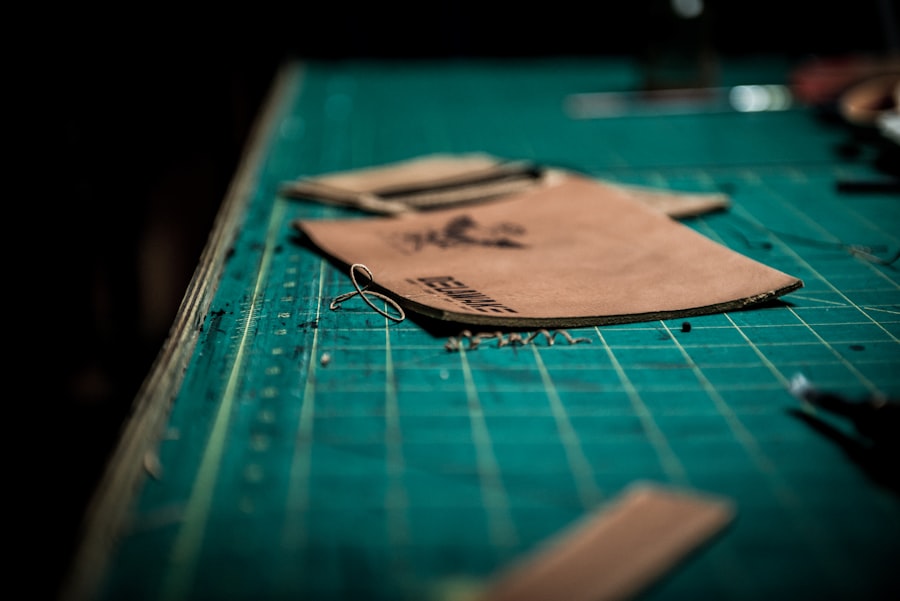
Choosing the Right Leather for Your Project
Selecting the right type of leather for a specific project requires careful consideration of various factors. First and foremost, one must assess the intended use of the item being crafted. For products that will experience heavy wear, such as work bags or outdoor gear, full grain leather is often the best choice due to its unmatched durability.
Its ability to develop a beautiful patina over time also adds to its appeal for those seeking a timeless aesthetic. Conversely, if the project involves items that will be used less frequently or are primarily decorative in nature, top grain leather may suffice. Its smooth finish can lend a polished look to products like wallets or fashion accessories without breaking the bank.
Ultimately, understanding the specific requirements of your project will guide you in making an informed decision about which type of leather to use.
Which Leather is Easier to Work With?
When it comes to ease of working with leather, both full grain and top grain have their advantages and challenges. Top grain leather is often considered easier to handle for beginners due to its uniform texture and smooth surface. This makes it simpler to cut, stitch, and manipulate without worrying about irregularities that can occur with full grain leather.
Additionally, top grain leather can be more forgiving when it comes to mistakes during the crafting process. However, experienced crafters may prefer full grain leather for its unique characteristics and ability to hold shape well. While it may require more skill to work with due to its natural imperfections, many artisans appreciate the authenticity and depth that full grain leather brings to their projects.
Ultimately, the choice between the two will depend on your level of experience and the specific requirements of your project.
Benefits and Drawbacks of Full Grain Leather
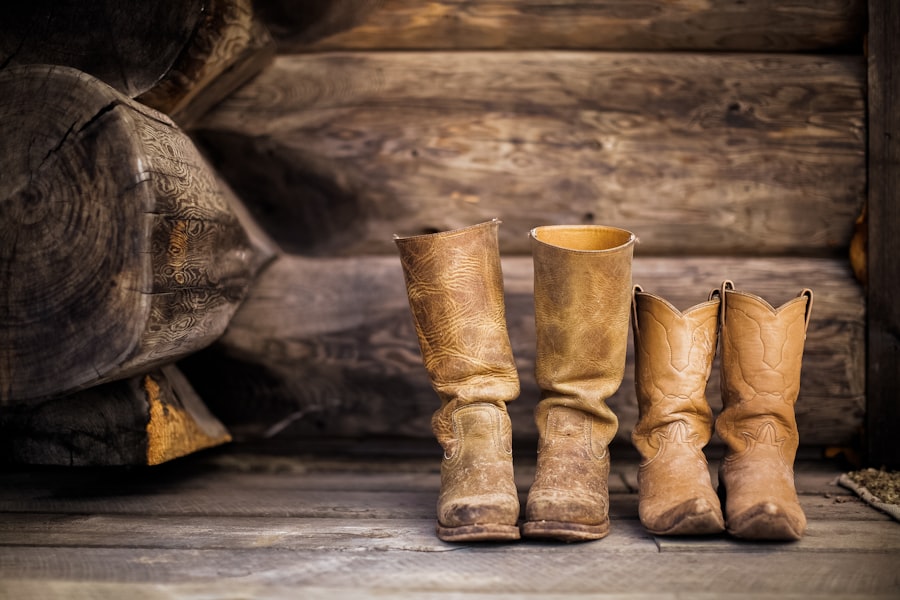
Full grain leather boasts numerous benefits that make it a sought-after material among leather enthusiasts. One of its most significant advantages is its durability; this type of leather can withstand years of use while developing a rich patina that enhances its beauty over time. Additionally, full grain leather is breathable, allowing moisture to escape and preventing mold or mildew from forming.
This quality makes it an excellent choice for items that will be exposed to varying environmental conditions. However, there are some drawbacks to consider as well. Full grain leather can be more expensive than other types due to its quality and production processes.
Additionally, because it retains natural imperfections, some consumers may find these characteristics unappealing or may prefer a more uniform appearance in their products. Despite these drawbacks, many crafters and consumers believe that the benefits of full grain leather far outweigh any potential downsides.
Benefits and Drawbacks of Top Grain Leather
Top grain leather offers its own set of advantages that make it an appealing option for many projects. One of its primary benefits is affordability; as mentioned earlier, top grain leather is generally less expensive than full grain leather while still providing a high-quality product. Its smooth surface allows for easy customization through dyeing or embossing, making it a popular choice for fashion accessories and decorative items.
However, top grain leather does come with some drawbacks. While it is durable enough for many applications, it does not possess the same level of strength as full grain leather. The sanding process can weaken the fibers, making it more susceptible to scratches and damage over time.
Additionally, top grain leather may not develop the same rich patina as full grain leather, which can be a disadvantage for those seeking a timeless look in their products.
Making an Informed Decision for Your Leathercraft Straps
In conclusion, choosing between full grain and top grain leather ultimately depends on your specific needs and preferences as a crafter or consumer. Understanding the differences in quality, durability, cost, and ease of use will empower you to make an informed decision that aligns with your project goals. If you prioritize longevity and authenticity in your creations, full grain leather may be worth the investment despite its higher price point.
Conversely, if you are working on a budget or crafting items that do not require extreme durability, top grain leather could be an excellent choice that still delivers quality results. Regardless of which type you choose, both full grain and top grain leathers offer unique characteristics that can enhance your projects significantly. By considering all aspects discussed in this article, you can confidently select the right leather for your needs and create beautiful pieces that stand the test of time.
FAQs
What is full grain leather?
Full grain leather is the highest quality of leather available, as it is made from the top layer of the hide and includes all of the natural grain. This type of leather is known for its durability, strength, and natural beauty.
What is top grain leather?
Top grain leather is the second highest quality of leather, and it is made from the top layer of the hide after the removal of the outermost layer. This type of leather is also durable and has a smooth, polished appearance.
What are the differences between full grain and top grain leather for leathercraft straps?
Full grain leather is thicker, more durable, and has a more natural appearance with visible imperfections, while top grain leather is thinner, more flexible, and has a more uniform surface. Full grain leather is often preferred for its rugged and authentic look, while top grain leather is favored for its sleek and polished appearance.
Which type of leather is better for leathercraft straps?
The choice between full grain and top grain leather for leathercraft straps depends on the desired look and functionality. Full grain leather is ideal for rugged and outdoor use, while top grain leather is suitable for more formal and elegant applications.
How can I determine if a leather strap is made from full grain or top grain leather?
To determine if a leather strap is made from full grain or top grain leather, you can inspect the surface for natural imperfections and variations. Full grain leather will have visible grain patterns and imperfections, while top grain leather will have a more uniform and polished appearance.

